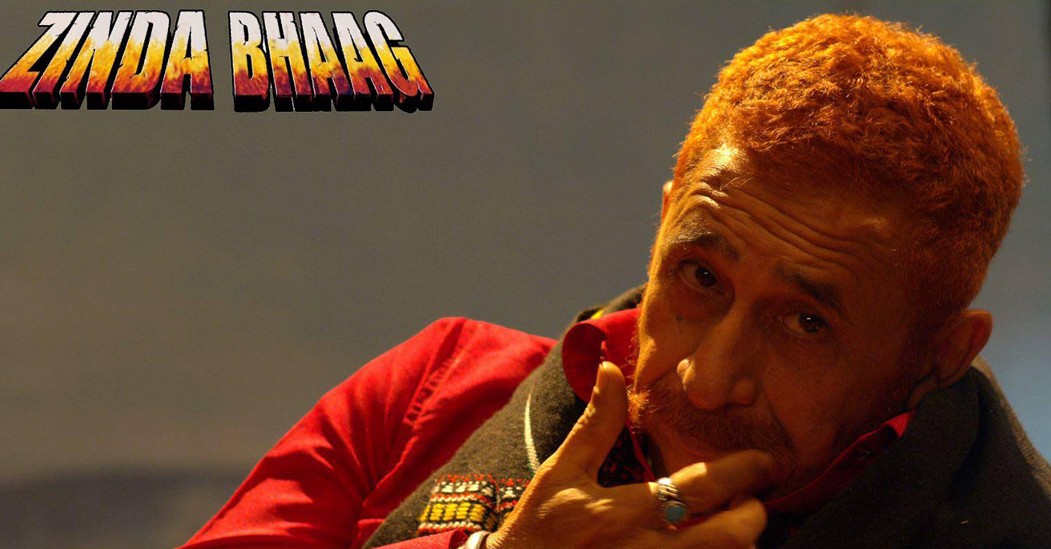
Like democracy, cinema will revive when there is more of it

Cinema and democracy in Pakistan have uncanny parallels. Both appear like a fluttering bird in a cage with a deep rage to fly.
For too long have we been hearing the refrain of cinema’s revival. About 13 years ago, when Kara Film Festival started in Karachi it gave hopes to the ‘dying’ cinema. The debate was revived in 2013 with Zinda Bhag’s official entry for Oscars’ consideration, the first from Pakistan since 1963.
Like democracy, cinema will revive when there is more of it. More films, more theatres, more viewers who access more frequent entertainment and help generate more revenues will make the cinema a viable industry and economy of scale.
This call for ‘more’ cinema is no mere rhetoric. Cinema in Pakistan has seen it, lived it, and lost it. In the late 1960s, Pakistan, after the US and India, was said to be the third largest producer of feature films. In 1959 and 1963, two films were submitted for Oscar consideration (best foreign films category), Jago Hua Savera by A. J. Kardar and Ghungat by Khawaja Khurshid Anwar. Pakistan at one point in time used to release over 150 films a year; now about 10 are made. We had over 1400 cinemas in Pakistan, and Karachi alone had over 100. Now Karachi is left with less than 10 while the rest of the country has about 100 to cater to a population of over 200 million.
Our once upon a thriving cinema got a variety of beating over the years. The first was the separation of East Pakistan which confined the filmmaking centres to Lahore and Karachi. Yet, folks frequented cinema with families and some films did great business despite the arrival of VCR and piracy. Aaina (1977) ran for 8 years (401 weeks) and holds the record for the second longest running film in Pakistan -- the first being Qurbani (1981) that ran for 444 weeks.
The second, and for some the worst, beating came under Gen. Ziaul Haq who systematically pulverised creative expressions and cinema culture. In 1980, film release count dropped to 58 from 98 of 1979. Towards the end of his years in power, and life, cinema looked like it was nearing a death.
We remember Zia years’ as full of oppression, asphyxia, squeeze on entertainment, taxation on cinemas, regulation of who can and cannot make films, ban on display of affection and veiling of sensuality. But Zia’s reactionary clamps, in my view, did not succeed in suffocating creativity and the decline of ‘cinema’ cannot be attributed to his regime’s asphyxia alone.
Urdu films did decline, and cinema houses kept coming down making way for shopping plazas. But it seems the creativity and entertainment changed forms and medium during the Zia years.
Live coverage of cricket became the new entertainment in the 1980s, and restive birds with rage for creative expressions in Urdu migrated to television whose serials provided high quality entertainment on a daily basis.
In the 1990s, Syed Noor made many and very successful films. In 1998, his film Choorian grossed over Rs180 million. While Javed Sheikh’s Yeh dil aap ka huwa 2002), grossed over Rs200 million. And we should not forget the violent Punjabi films of the 80s that made waves and wealth.
Since 1980s, three industries rose parallel to the cinema’s perceived decline: television, advertising, and non-film music. In the last 10 years, private TV channels have offered sensational entertainment.
The creative folks who resorted to television dramas (the so-called private productions), advertising and music videos did decent business since 1990s. Many of the films produced in the last three years are made by people with background of tv, advertising and music videos. The National College of Arts has trained many filmmakers since 2008, whom we can spot in almost every film that has generated the revival debate.
About 70 years ago, after the devastations of the World War 2, the cinemas in France and England got revived when their respective governments generously supported the making of more films. They set up training academies and film schools, offered grants, and gave tax rebates. By the time these countries rolled out about 50 films with government’s help, their cinema had transformed into viable industries.
In order to emulate the same, our provincial governments need to envisage an affirmative action as after the 18th Amendment, culture and cinema are provincial subjects. The governments in Punjab and KP are evidently anti-cinema and popular culture. The one in Balochistan does not have cinema on policy radar. The government in Sindh, although very progressive for cinema, has other demons to deal with.
In Pakistan, cinema will revive when the official ‘anti-culture’ regulation is reversed. The recent films that succeeded at the box office have done so despite the regulation. The huge business that Indian films do is an evidence of a market for good cinema. Our filmmakers face dearth of resources, and are green behind the ears when it comes to cinematic craft. High ambition and creativity are not enough.
We need more film departments, more official encouragement and money, and more incentives. The cinema revival will happen as we roll out 50 films in 5 years with public funds. That is akin to completing the 5 year term of a democratic government, without which cinema will remain on a bumpy road.